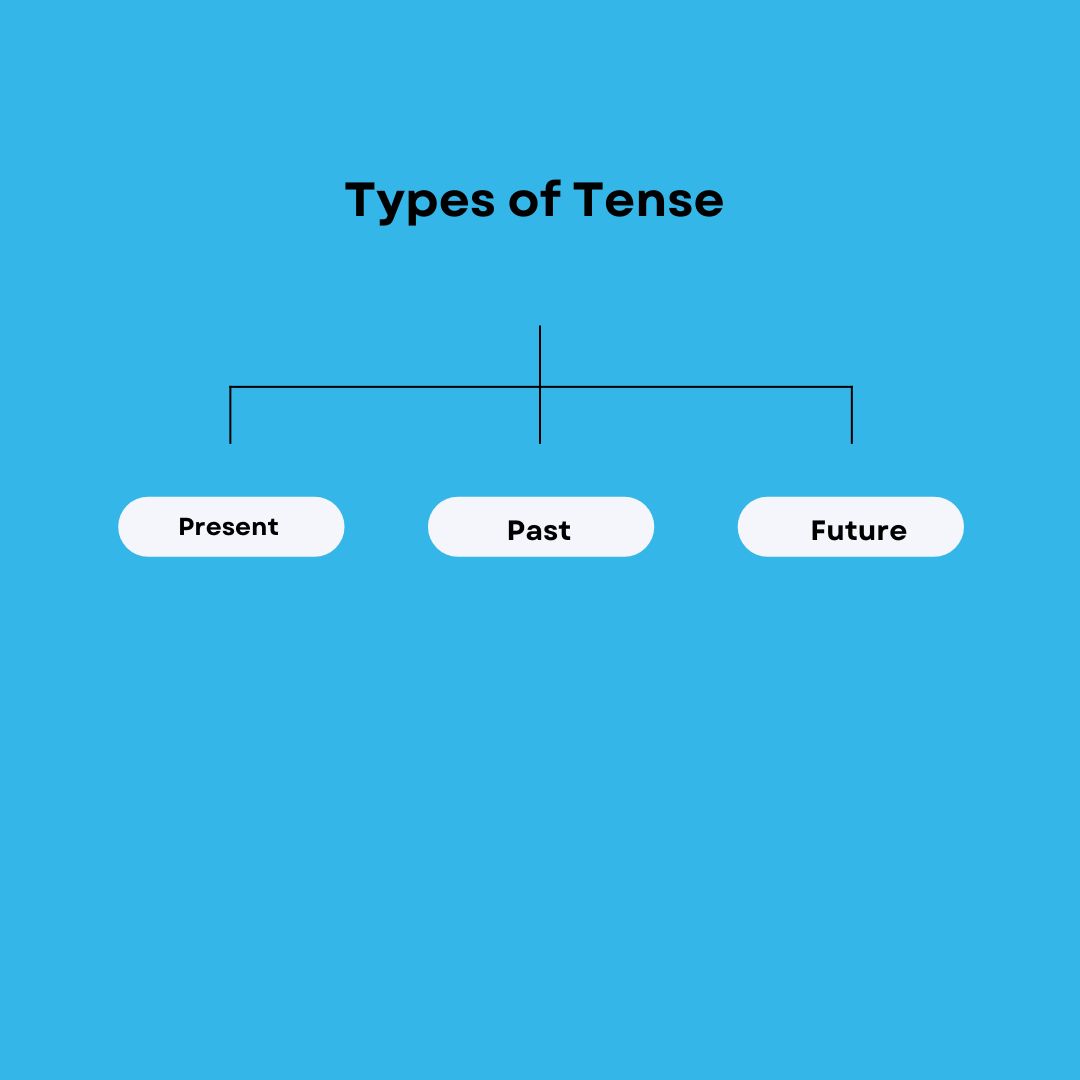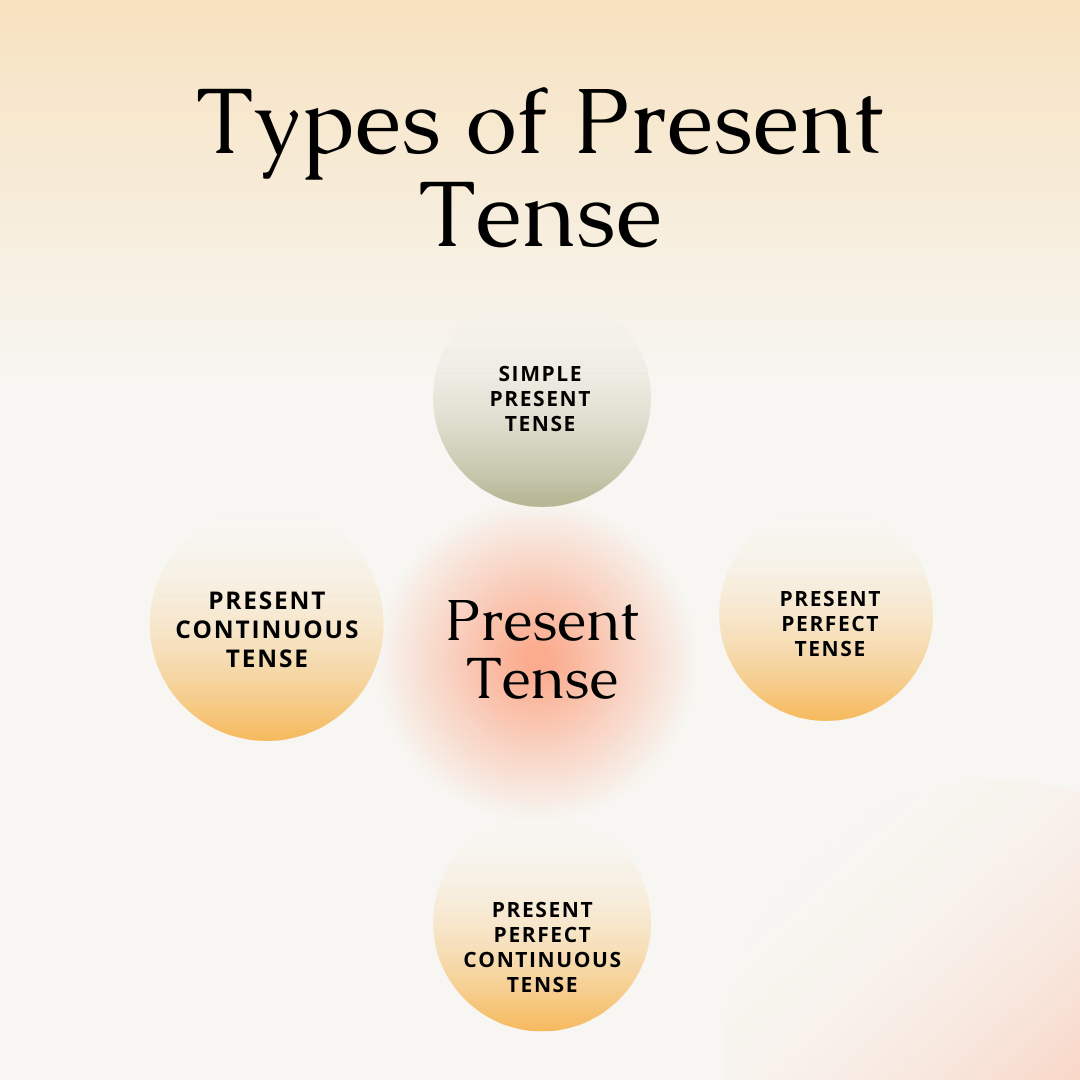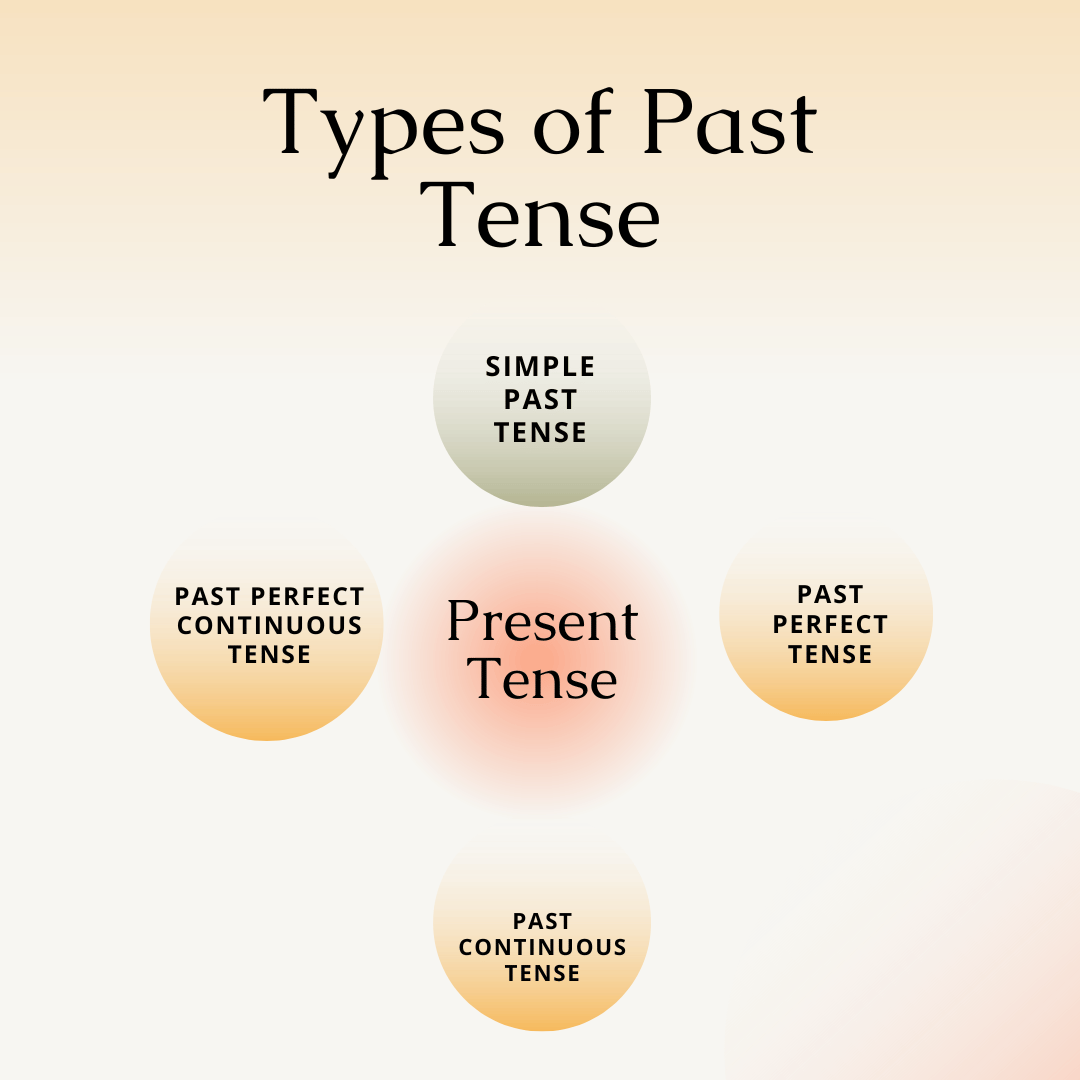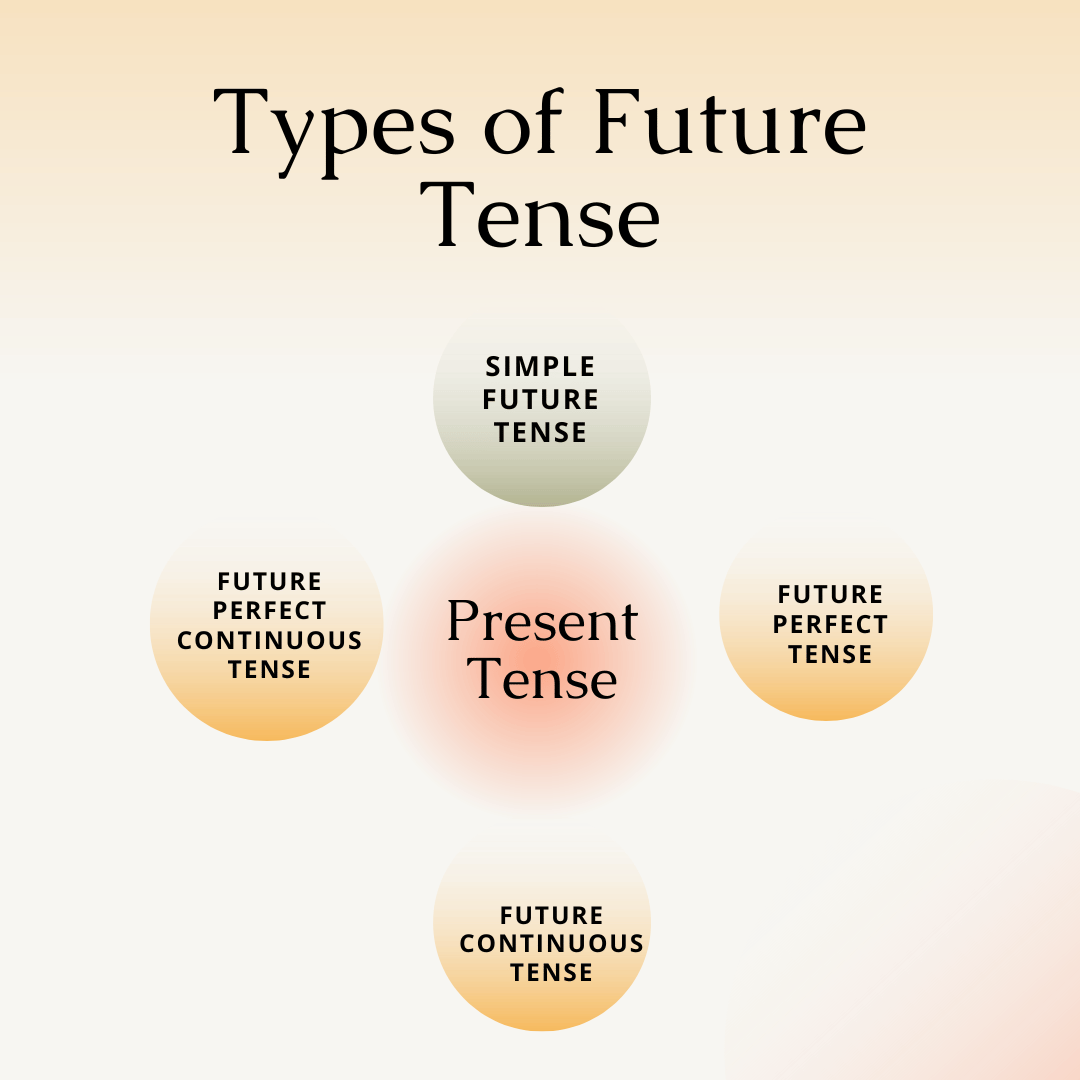Tense Chart
Tense Chart – Tense plays the major part in English. It simply allows us to express time. In simple terms, the timing of an action taking place. It can be past or present or future.

Tense Chart in English
A clear tense chart is shared with you in this blog. Some aspirants might feel difficult to understand tense in English grammar. This blog will help you understand What tense is and How to use it with proper example.
Definition Of Tense From Different Dictionary
Definition of Tense- The Merriam-Webster Dictionary gives a somewhat different definition of the term “tense,” which it defines as “any of the forms of a verb that may be used to show the time of the action or situation expressed by the verb.” It states that “a distinction of form in a verb to represent distinctions of time or duration of the action or state it denotes” is what the word “tense” means.
The Collins Dictionary defines “tense” as “any of the forms of a verb which reveal the time at which an action happened,” while the Cambridge Dictionary defines “tense” as “any of the forms of a verb which show the time at which an action happened.”
Types Of Tense Chart
There are three main types of tense:
- Present Tense
- Past Tense
- Future Tense

Further there are four subforms:
- Simple
- Perfect
- Continuous
- Perfect Continuous
Tense Rules Chart
| Tenses | Tenses Forms |
| Present Tense | 1. Simple Present Tense 2. Present Perfect Tense 3. Present Continuous Tense 4. Present Perfect Continuous Tense |
| Past Tense | 1. Simple Past Tense 2. Past Perfect Tense 3. Past Continuous Tense 4. Past Perfect Continuous Tense |
| Future Tense | 1. Simple Future Tense 2. Future Perfect Tense 3. Future Continuous Tense 4. Future Perfect Continuous Tense |



Tenses Rules Chart with Examples in English
The tense with rules and exam is fully explained in the tense table given below:
| Tenses | Rules and Formula | Examples |
| Simple Present Tense | Subject + Verb in the base form/third person plural form + the rest of the sentence | Keerthi eats bread and butter before going to school. |
| Present Continuous Tense | Subject + Helping Verb(am/is/are) + Main verb + ing + the rest of the sentence | Students are going to school. |
| Present Perfect Tense | Subject + Helping Verb (have/has) + Past participle of the main verb + the rest of the sentence along with the time frame | She has lived here all her life. |
| Present Perfect Continuous Tense | Subject + Have/Has + Been + Verb+ ing + the rest of the sentence | I have been working on this project for a week. |
| Simple Past Tense | Subject + Verb + ed / verb in the past tense + the rest of the sentence | Nupur went to the supermarket yesterday. |
| Past Continuous Tense | Subject + Helping Verb(was/were) + Main verb + ing + the rest of the sentence | It was snowing today. |
| Past Perfect Tense | Subject + Helping Verb (had) + Past participle of the main verb + the rest of the sentence along with the time frame. | She had met him before the party. |
| Past Perfect Continuous Tense | Subject + Had + Been + Verb + ing + the rest of the sentence | He had been drinking milk out the carton when Mom walked into the kitchen. |
| Simple Future Tense | Subject + will/shall + V1 + Object | I will write articles on different topics. |
| Future Continuous Tense | Subject + will be/shall be + V1 + ing + Object | I will have been waiting here for three hours by six o’clock. |
| Future Perfect Tense | Subject + will have/shall have + V3 + Object | I will have dressed up by the time you reach home. |
| Future Perfect Continuous Tense | Subject + will have been + V1 + ing + Object | I will have been waiting here for three hours by six o’clock. |

Tenses Chart with Examples
The tense structure chart is clearly discussed below.
Simple Present Tense:
Structure:
Simple Presentence Structure
Subject + Verb (vI) + es/es
Examples:
- I take exercise daily.
- She reads a book in the library.
- Inisha Watches movie every day.
- Shilpa reads the newspaper every day.
- Rajesh eats bread and butter before going to school.
Present Continuous Tense:
Structure:
Present Continuous Tense Structure
Subject + is/am/are + Verb(+ing)
Example:
- He is playing football.
- I am studying in a high school.
- Students are going to school.
- It is Raining now.
- I am Cooking biryani for the lunch.
Present Perfect Tense:
Structure:
Present Perfect Tense Structure
Subject + Has/have + Verb (v3)
Example:
- He has made this colorful chart.
- I have completed my assignment.
- We have been to Canada.
Present Perfect Continuous Tense:
Structure:
Present Perfect Continuous Tense Structure
Subject + Has/have + been + Verb(+ing)
Example:
- I have been completing my assignment for the last three days.
- She has been working in this department since 2017.
- I have been working on this project for months.
- You have been working in this project for a week.
Simple Past Tense:
Structure:
Simple Past Tense Structure
Subject + Verb (v2) or irregular verb:
Example:
- He completed the assignment.
- I read the newspaper.
- I washed the clothes.
- Last month I travelled to France.
- Dinesh went to supermarket yesterday.
Past Continuous Tense:
Structure:
Past Continuous Tense Structure:
Subject + was/were + Verb(+ing)
Example:
- He was reading the book.
- I was going to the park for a morning walk.
- It was snowing today.
- I was studying last night.
- Everyone was clapping
Past Perfect Tense:
Structure:
Past Perfect Tense Structure:
Subject + had + Verb (v3)
Example:
- I had finished my homework.
- He had completed his task.
- She had met him before the party.
- The plane had left by the time I got to the airport.
- Kate had wanted to see the movie, but she did not have money for the ticket.
Past Perfect Continuous Tense:
Structure:
Past Perfect Continuous Tense Structure:
Subject + had + been + Verb(+ing)
Example:
- He had been completing his assignment for the last two hours.
- I had been playing football since morning.
- He had been working at the company for five years.
- Cathy had been throwing rocks at her window.
- The program that was terminated had been working well since 1945.
Simple Future Tense:
Structure:
Simple Future Tense Structure:
Subject+ will/shall+ verb(v1)
Example:
- I shall go to the park for a walk.
- She will perform his duty.
- I will write articles on different topics.
- Bob will go to the library tomorrow.
- We will go shopping in the market tomorrow.
Future Continuous Tense:
Structure:
Future Continuous Tense Structure:
Subject + will be/shall be + verb(+ing)
Example:
- He will be playing football.
- We shall be eating the meal.
- It will be raining tomorrow.
- They will be staying at my place.
- The doctor will be coming tomorrow.
Future Perfect Tense:
Structure:
Future Perfect Tense Structure:
Subject + will have + verb(v3)
Example:
- He will have played football.
- I will have completed my assignment.
- He will have dressed up by the time you reach home.
- She will have dressed up by the time you reach home.
- They will have dressed up by the time you reach home. She will be taking her dog for a walk.
Future Perfect Continuous Tense:
Structure:
Future Perfect Continuous Tense Structure
Subject + will have been + verb(+ing)
Example:
He will have been watching the football match for over fifty minutes.
Past Future Tense:
Structure:
Past Future Tense Structure:
Subject + would + verb (v1)
Example:
- I told that I would leave in one hour.
- I will have been waiting here for three hours by six o’clock.
- By 2001 I will have been living in London for sixteen years.
- When I finish this course, I will have been learning English for twenty years.
- Next year I will have been working here for four years.
We covered the full tense chart in English in this blog, we hope all the given information is helpful. For more information like this follow the Oliveboard website.
- SSC CGL Exam Centers 2025 for Tier 1 and Tier 2, Choose Preferences
- SSC CGL Vs CAT, Which is the Better Career Option?
- SSC Typing Test – How to Attempt SSC Typing Test, Check Strategy
- SSC CGL vs IBPS PO Complete Comparison, Which is Better?
- Active Passive Voice for SSC Exams, Practice Questions with Solutions
Tenses Chart: Frequently Asked Questions
Ans. A tense is a form of the verb that expresses time. The verb’s tense tells us when an event or something happened or when someone did something. The three main tenses are past, present, and future.
Ans. The three types on tenses in English are Present tense, Past tense, Future tense.
Ans. The 12 types of tenses in English are Simple Present Tense, Present Perfect Tense, Present Continuous Tense, Present Prefect Continuous Tense, Simple Past tense, Past Perfect Tense, Past Continuous Tense, Past Perfect Continuous Tense, Simple Future Tense, Future Perfect Tense, Future Continuous Tense, Future Perfect Continuous Tense.
Ans. The formula for present continuous tense is Subject + Helping Verb(am/is/are) + Main verb + ing + the rest of the sentence
Ans. In English grammar V1 stands for verb 1, V2 stands for verb 2, V3 stands for verb 3.

Hello there! I’m a dedicated Government Job aspirant turned passionate writer & content marketer. My blogs are a one-stop destination for accurate and comprehensive information on exams like Regulatory Bodies, Banking, SSC, State PSCs, and more. I’m on a mission to provide you with all the details you need, conveniently in one place. When I’m not writing and marketing, you’ll find me happily experimenting in the kitchen, cooking up delightful treats. Join me on this journey of knowledge and flavors!
